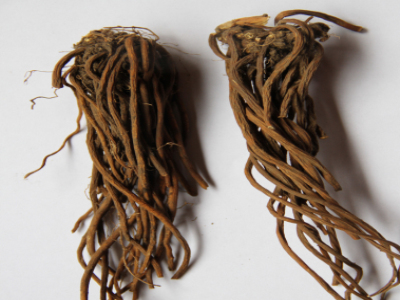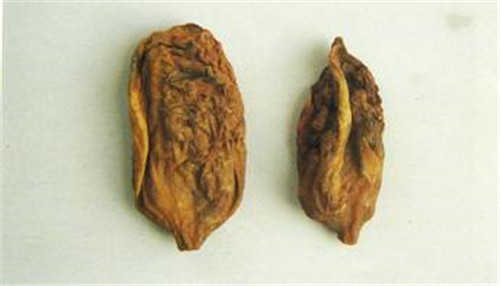[1] A Complete English Dictionary of Medicinal Terms in Chinese Acupuncture and
Herbalism 1981- Henry Lu Chinese Foundations of Natural Health- The Academy of
Oriental Heritage, Vancouver, Canada.
Images
1.
kwietnik.com.pl
2.
botkert.hu/en/node/190
3.
sxatyy.com
4.
cndzys.com Sinopodophyllum
hexandrum. Podophyllum emodi Family:
Berberidaceae Himalayan Mayapple
Sinopodophyllum
hexandrum. Podophyllum emodi Family:
Berberidaceae Himalayan Mayapple


